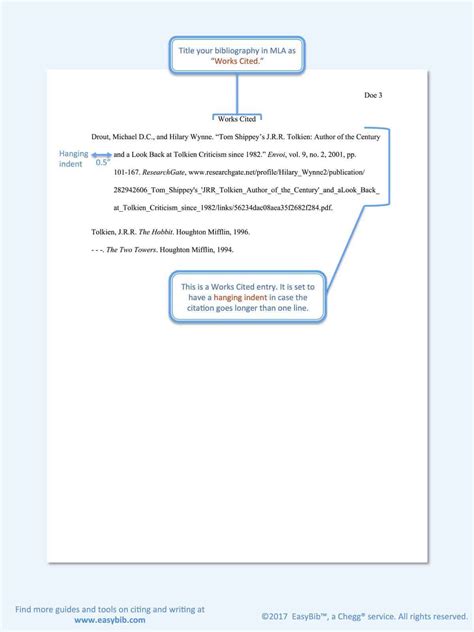How to Cite in a Paper: A Comprehensive Guide
Citing sources correctly is crucial for academic integrity and avoids plagiarism. This guide will walk you through the basics of citation, covering different citation styles and offering tips for effective referencing. Understanding how to properly cite sources will significantly improve the credibility and impact of your paper.
Understanding Citation Styles
Different academic disciplines and publications utilize various citation styles. The most common styles include:
-
MLA (Modern Language Association): Commonly used in the humanities, particularly literature, languages, and cultural studies. MLA focuses on in-text citations and a "Works Cited" page at the end.
-
APA (American Psychological Association): Predominantly used in social sciences, psychology, education, and business. APA utilizes in-text citations with author-date information and a "References" page.
-
Chicago/Turabian: Offers both a notes-bibliography style (footnotes/endnotes and bibliography) and an author-date style similar to APA. Frequently used in history, literature, and other humanities disciplines.
-
IEEE (Institute of Electrical and Electronics Engineers): Used extensively in engineering, computer science, and other technical fields. IEEE employs numbered citations and a reference list.
Key Elements of a Citation
Regardless of the style guide you're using, most citations include similar core elements:
- Author: The name of the person or organization responsible for the work.
- Date: The year the work was published.
- Title: The title of the work (article, book, website, etc.).
- Publication Information: This varies depending on the source type and citation style. It might include journal name, volume, issue, page numbers, publisher, website URL, etc.
In-Text Citations vs. Bibliographies/Works Cited Pages
Most citation styles employ a two-part system:
-
In-text citations: Brief references within the text of your paper that indicate the source of information. These direct the reader to the full citation in the bibliography or Works Cited page.
-
Bibliography/Works Cited/References page: A separate page at the end of your paper that lists all sources cited in full detail. This allows readers to easily locate and verify the information you've used.
Examples: How to Cite Different Source Types (APA Style)
Here are some examples illustrating how to cite different source types using APA style:
Book:
In-text citation: (Author's Last Name, Year, p. Page Number) Example: (Smith, 2023, p. 42)
Reference List Entry: Smith, J. (2023). Title of book. Publisher.
Journal Article:
In-text citation: (Author's Last Name, Year) Example: (Jones, 2022)
Reference List Entry: Jones, A. B. (2022). Title of article. Title of Journal, Volume(Issue), Page numbers-page numbers. https://doi.org/xxxx
Website:
In-text citation: (Website Name, Year) Note: If no author or date is available, use the website name and "n.d." (no date).
Reference List Entry: Website Name. (Year, Month Day). Title of page. URL
Tips for Effective Citation
- Consistency: Maintain a consistent citation style throughout your entire paper.
- Accuracy: Double-check all information for accuracy before submitting your work.
- Completeness: Include all necessary elements for each citation.
- Use a Citation Manager: Tools like Zotero, Mendeley, or EndNote can help you organize your sources and generate citations automatically.
Avoiding Plagiarism
Proper citation is essential for avoiding plagiarism. Plagiarism involves presenting someone else's work or ideas as your own. Always cite your sources to acknowledge their contributions and protect yourself from academic penalties.
By following these guidelines and utilizing available resources, you can effectively cite your sources and produce high-quality academic work. Remember to consult your institution's guidelines or style manual for specific requirements.
